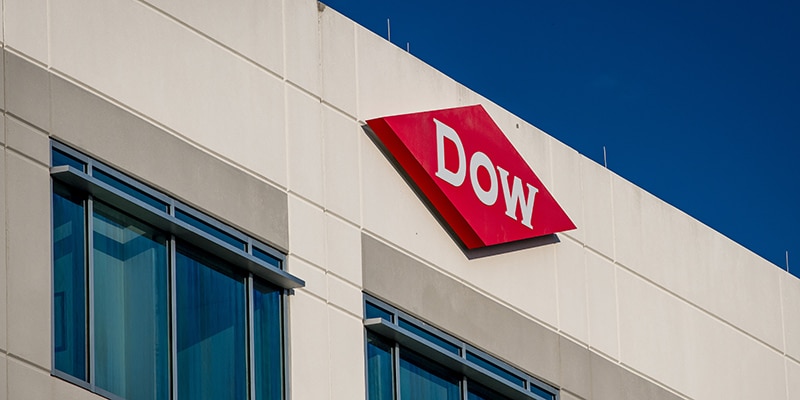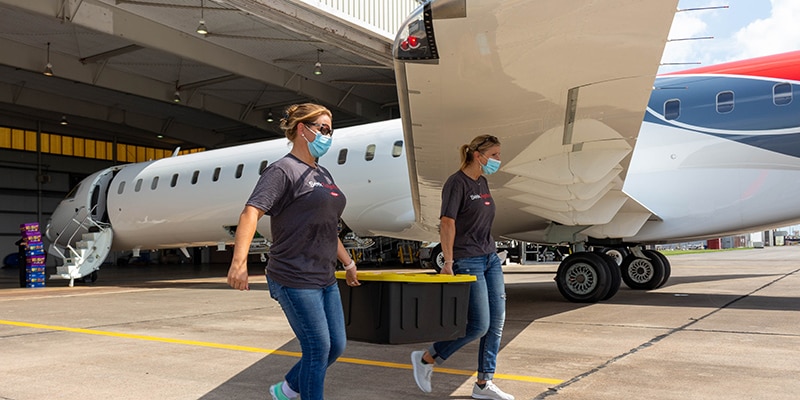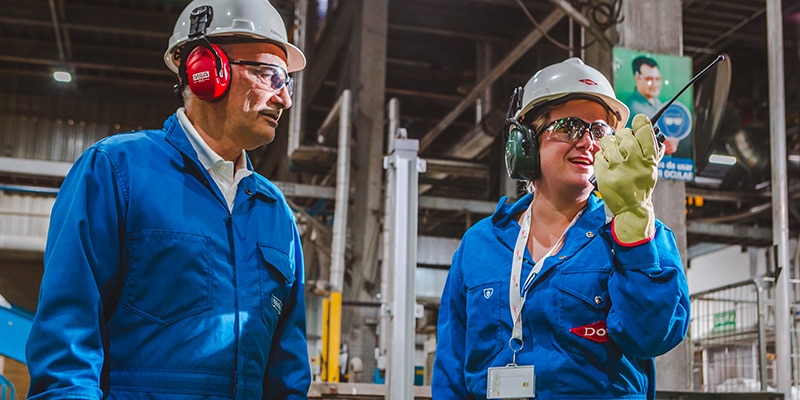(Business Wire) --(BUSINESS WIRE)--
While Florida's sun and seas are a boon to tourism, they're a bane to roofing. Florida roofs must be able to withstand unrelenting ultraviolet rays, heat, high humidity, ponding from heavy tropical rains, as well as the potential of hurricane-force winds.
To combat these tough conditions, particularly the strong threat of high winds, building owners are specifying fully adhered, single-ply roofing system, notes Richard Spreen, president of Decktight Roofing Services, Inc. in Fort Lauderdale.
Decktight, which Spreen founded in 1987, specializes in single-ply membrane roofing. When called upon to specify fully adhered roofing material, Spreen recommends the white Cooley C3 RAM (Reinforced Adhered Membrane) ethylene interpolymer (EIP) membrane based on high-performance DuPont™ Elvaloy® KEE ketone ethylene ester.
Cooley Roofing Systems.Inc., in Pawtucket, RI, developed the C3 RAM fleece-backed membrane specifically meet the need for fully adhered roofs.
Membrane Stays Flexible
The EIP membrane roof based on Elvaloy® KEE stays flexible. \"With the intense sun in Florida, liquid plasticizers in traditional membranes can migrate out in five to ten years and you end up with a brittle roof system,\" explains Spreen. \"You step on it and it cracks like a pane of glass.\"
In addition, notes Spreen, the white membrane reflects about 90 percent of ultraviolet (UV) rays. This not only keeps the building cooler, it also protects the membrane by reducing the thermal shock caused by repetitive, cyclical temperature changes.
The membrane based on Elvaloy® KEE also offers superior chemical resistance and a welded seam strength as strong as the membrane itself.
\"If seams are hot air welded properly, they'll never come apart,\" says Spreen. \"Glues used in EPDM seams will disintegrate and break down, but once a seam is hot air welded, you've created a monolithic roofing sheet.\"
Fully Adhered Systems
The C3 roofing membrane can be fully adhered using asphalt or Cooley RAM adhesive. Membranes with liquid plasticizers have compatibility problems, notes Smith. \"Even second-generation PVCs couldn't be fully adhered over polystyrene insulation or with hot asphalt. Blending Elvaloy® KEE with PVC solves the compatibility problem.\"
The fully adhered systems from Cooley are very cost-effective for buildings with concrete roof decks, and they're stronger than a mechanically fastened roof, thus boosting protection against hurricane-force winds.
Decktight recently installed fully adhered roofs on two buildings in Florida: Kenilworth, a multi-story condominium with a built-up roof that had been leaking for several years; and the Zimmer building, a two-story office building with an existing single-ply roof membrane that had failed because of interply delamination and curling. The projects demonstrated two methods of installing a fully-adhered EIP system.
Hot Asphalt
For the Zimmer building, the architect specified a fully-adhered Cooley RAM membrane system, because it could be adhered with hot asphalt and could be warrantied for up to 15 years. \"Ponding water can be a big problem in Florida, especially during the rainy season,\" says Spreen. \"The nice thing about the system based on Elvaloy® KEE is that algae can't bite into the membrane like it can bite into an asphalt roof.\"
The C3 RAM membrane was adhered directly to a fiberglass base sheet, which was installed over the existing roof.
After installing the base sheet and checking the fit of the C3 membrane, the crew got ready to spread hot asphalt and roll out the membrane.
Asphalt was spread from the roll out. Crew members then rolled the membrane onto the hot asphalt, and smoothed out the membrane using a stiff broom.
\"The crew that's rolling out the membrane can't get too far behind the spreader, because it's critical that hot asphalt be installed between 350 and 400 degrees F,\" notes Spreen.
The last step is making the hot air seams.
The hot asphalt/single-ply membrane combination has several advantages. \"The hot asphalt imbedded into the fiberglass base sheet makes up your secondary roof,\" says Spreen. \"And the cost advantage comes in labor. We only have one ply to put on, not three plies of hot asphalt followed by a cap sheet or flood coat. Even though the material costs are higher, the labor costs are much lower.\"
One-Source Adhesive
For the 19-story Kenilworth condominium, it was too costly to lift a hot asphalt kettle to the roof. The Cooley C3 membrane can be applied with either asphalt or glue.
Says Spreen: \"The beauty of using an adhered system is that you can dry it in with a base sheet of hot asphalt, which creates a temporary roof. This means we don't have to reroof in small sections. Then we lay the insulation on top of that base sheet and put the membrane on top of that.\"
The Cooley system requires a one-surface adhesive, put on the substrate only. After the glue is applied and gets tacky, the crew can do the entire 100 feet at once.
\"We apply the glue, let it tack up and kick the whole roll out at once so the crew doesn't have to start and stop,\" explains Spreen. \"The glue can be applied with either a roller or a squeegee.
\"Properly installed, the membrane single-ply roofing system based on Elvaloy® KEE is virtually maintenance free,\" adds Spreen.
Roofing Manufacturer Link Cooley Building Products » Visit Cooley Building Products web site





